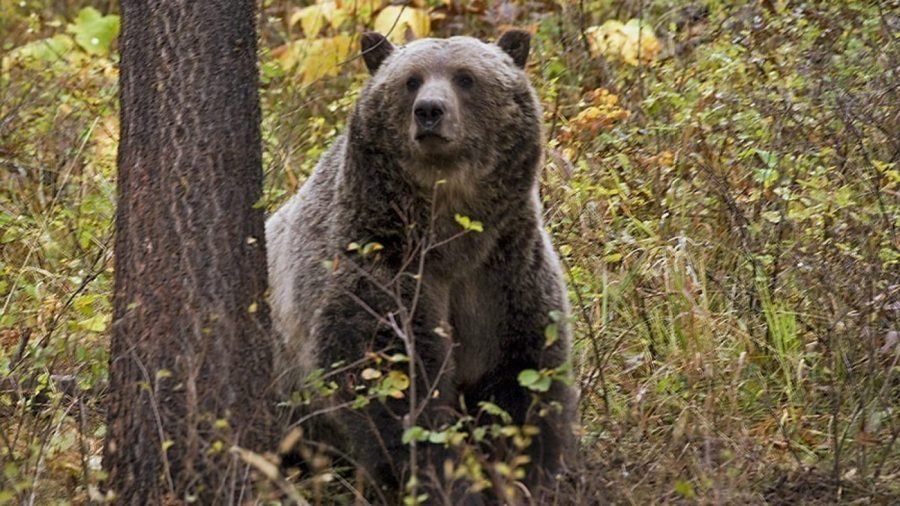
Clusters of genes found in humans match those that hibernating animals like mice use to power down during lean times, a new study has found.
Because those genes are correlated with the parts of the genome that control metabolism — what researchers call the “fat and obesity locus” — the discovery may open the door to new treatments for obesity and diabetes, according to two studies in Science.
That’s because hibernating animals can do many things humans can’t: reverse nerve damage or muscle atrophy after periods of inaction or low nutrition; rapidly gain or lose weight without hurting their health; and live longer and better than similar, nonhibernating animals.
Today’s findings suggest that may be within reach for humans, too, researchers said. “Humans already have the genetic framework,” said University of Utah professor and co-author Susan Steinwand in a statement. The key, she said, is to “identify the control switches for these hibernator traits.”
To find the “control switches,” researchers targeted parts of the genome shared by most mammals but that had recently changed in animals that hibernate.
“If a region doesn’t change much from species to species for over 100 million years but then changes rapidly and dramatically in two hibernating mammals, then we think it points us to something that is important for hibernation, specifically,” said Elliott Ferris, a University of Utah bioinformatician and first author.
The scientists found that these genes acted like orchestra conductors influencing cascades of broader genetic changes that helped hibernating animals to rapidly gain weight in good times, run their metabolism slowly during hibernation, or otherwise speed up or slow down their metabolisms.
They hypothesized that what differentiates hibernating animals from humans genetically is not an extra feature they have, but one they lack. Unlike humans, bears or mice may have gotten rid of a genetic brake or governor that would otherwise keep their metabolism continually burning energy at roughly the same rate.
If humans can learn how to bypass our own switches, that may unlock strategies “to intervene and help with age-related diseases,” said senior author Chris Gregg. “If that’s hidden in the genome that we’ve already got, we could learn from hibernators to improve our own health.”


